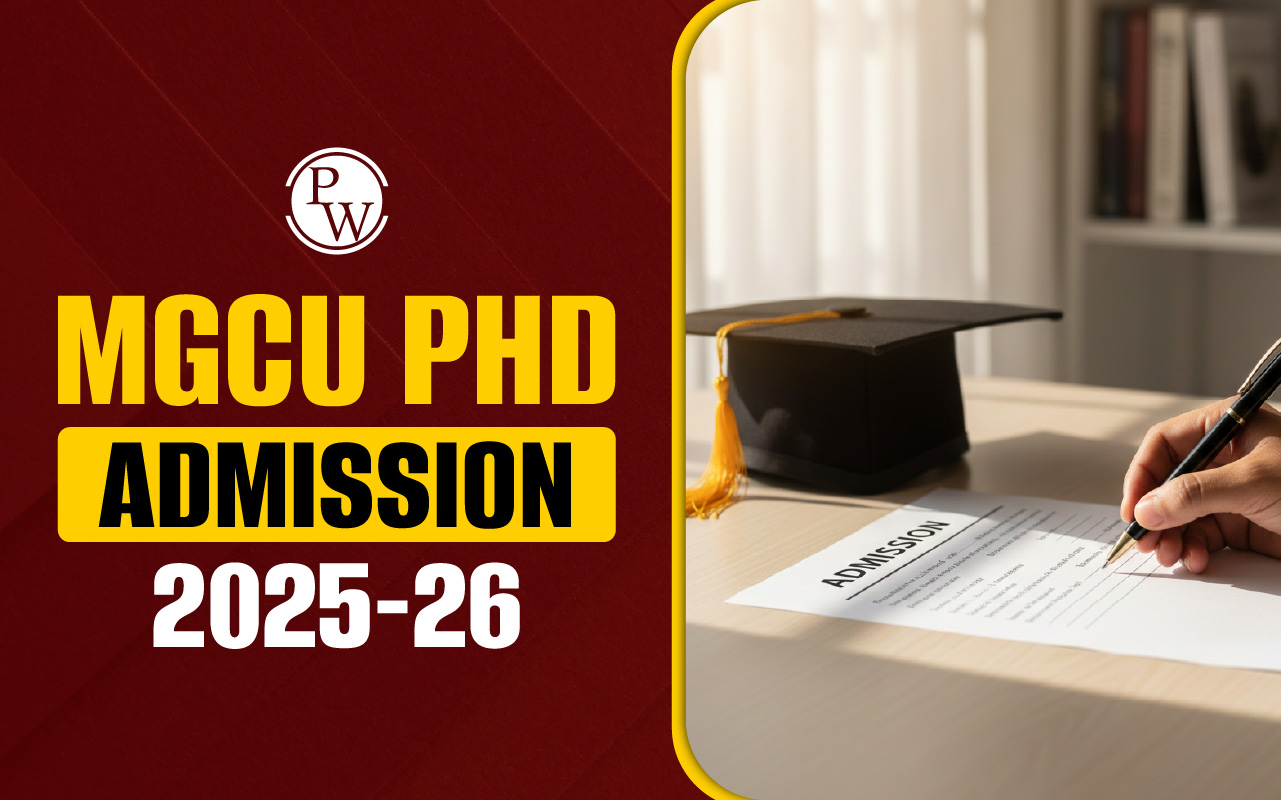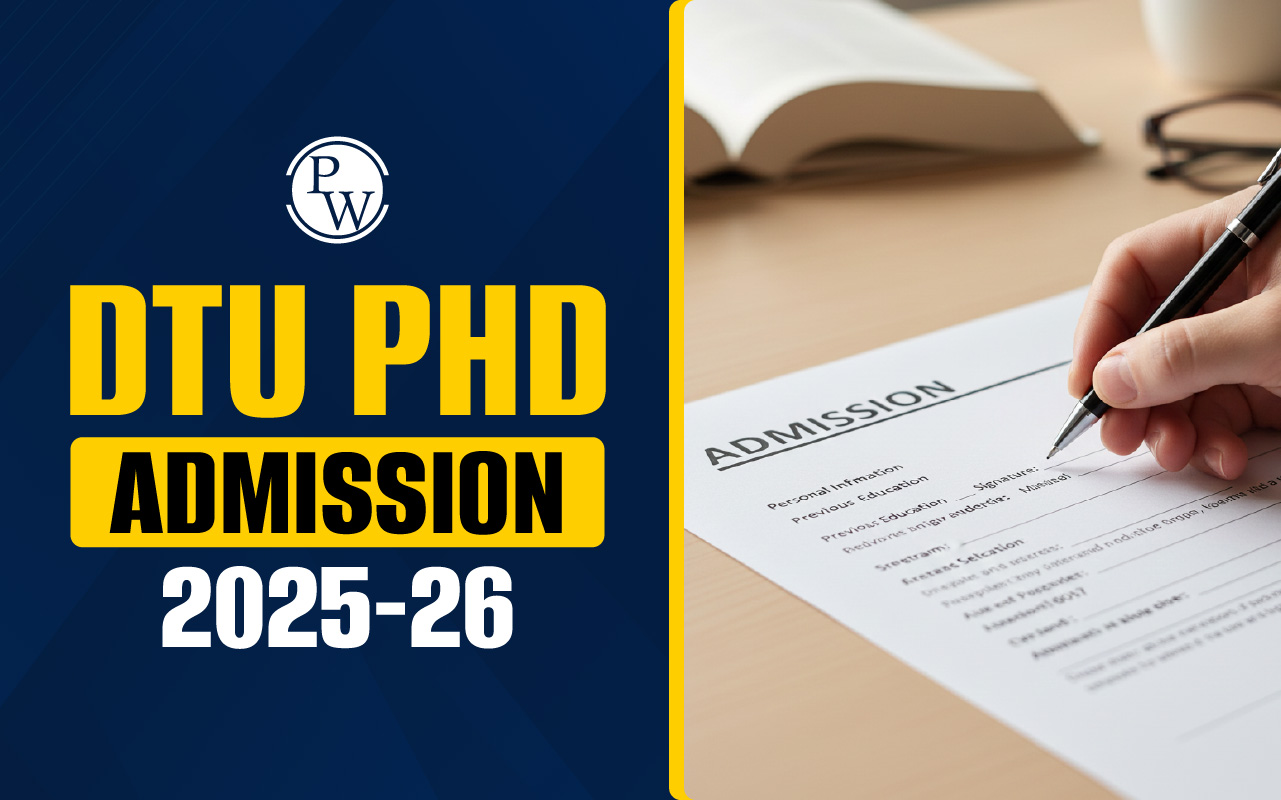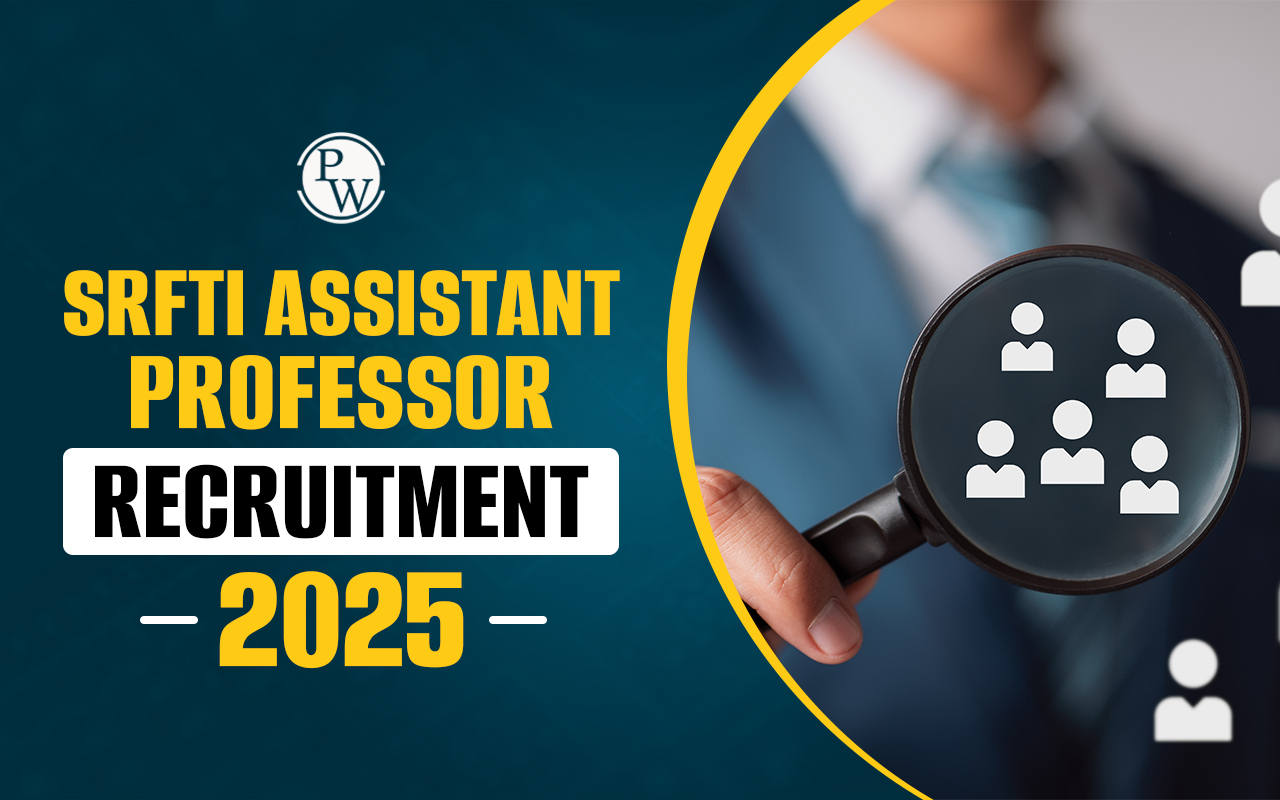
“Radioactive decay is the process by which an unstable atomic nucleus loses energy by radiation and the material containing unstable nuclei is radioactive”.
There are three types of decay:- Alpha decay
- Beta decay
- Gamma decay
Alpha Decay
The alpha particle was first described by Ernest Rutherford in 1899 in his study on Radioactivity. Alpha decay is a type of radioactive disintegration in which unstable atomic nuclei dissipates excess energy by spontaneously ejecting an -particle.“Alpha decay or -decay is a type of radioactive decay in which atomic nucleus emits an -particle (Helium nucleus) thereby decay into different atomic nuclei with a mass number that is reduced by four and an atomic number that is reduced by two”.
-particle is identical to the nucleus of the Helium atom which consists of two protons and two neutrons. -decay occurs in heaviest nuclides.Equation of -decay
In -decay mass number of the daughter, nucleus is four less than the mass number of the parent nucleus, whereas the atomic number of the daughter nucleus decreases by two with respect to the mass number of the parent nucleus. X
→
Parent nucleus
Y
→
Daughter nucleus
He
2
4
→
Alpha particle or Helium atom
A
→
Mass number
Z
→
Atomic number
X
→
Parent nucleus
Y
→
Daughter nucleus
He
2
4
→
Alpha particle or Helium atom
A
→
Mass number
Z
→
Atomic number
Example of -decay
Let us consider an example of Uranium-238 undergoing alpha decay to become Thorium-234. In this reaction, Uranium-238 loses two protons and two neutrons to become Thorium-234. The reaction can be represented as: Therefore, if we count the total number of protons and neutrons on both sides it will be the same. Hence, Thorium-234 produced in this reaction is also unstable so it will undergo radioactive decay as well. The alpha particle (
He
2
4
)
produced in the reaction can join with two free electrons to form the Helium element.
Therefore, if we count the total number of protons and neutrons on both sides it will be the same. Hence, Thorium-234 produced in this reaction is also unstable so it will undergo radioactive decay as well. The alpha particle (
He
2
4
)
produced in the reaction can join with two free electrons to form the Helium element.
Other examples of α -decay:
Po 84 210 → Pb 82 206 + He 2 4 + Energy
Np 93 237 → Pa 91 233 + He 2 4 + Energy
Pt 78 175 → Os 76 171 + He 2 4 + Energy
Gd 64 149 → Sm 62 145 + He 2 4 + Energy
Uses:
- Production of Natural Helium.
- Used as smoke detectors.
- Used in -particle X-ray Spectroscopy.
- Used in different medical equipment.
Tunnel Theory of Alpha Decay:
How an -particle can actually escape the nucleus? The height of the potential barrier is about 25 MeV, which is equal to the work that must be done against the repulsive electric force to bring an alpha particle from infinity to a position adjacent to the nucleus but just outside the range of its attractive forces. We may consider an alpha particle in such a nucleus as being inside a box whose walls require an energy of 25 MeV to cross over. However, decay alpha particles have energies that range from 4 to 9 MeV, depending on the type of nuclide. Hence, 16 to 21 MeV is short of the energy needed to escape. Quantum Mechanics provides a straightforward explanation, the theory of alpha decay developed independently in 1928 by Gamow and by Gurney and Condon was greeted as a striking confirmation of quantum mechanics. The basic notions of this theory are:- An alpha particle may exist as an entity within a heavy nucleus.
- Such a particle is in constant motion and is held in the nucleus by a potential barrier.
- The particle may tunnel through the barrier each time a collision occurs with a barrier.










